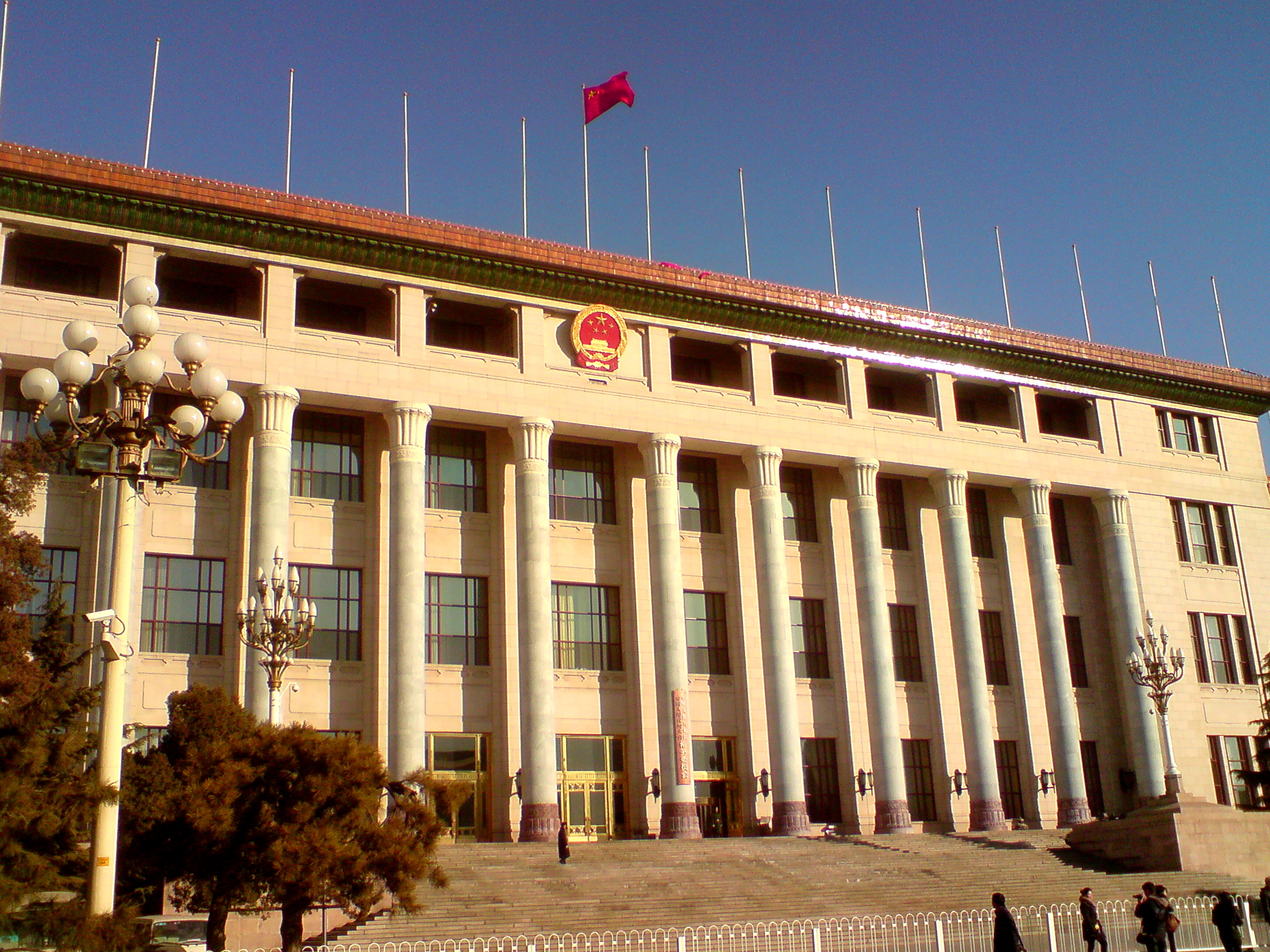
November 19, 2013, by Tony Hong
Party’s Reform Plan
By Dr. Zhengxu Wang,
Associate Professor, School of Contemporary Chinese Studies, and Deputy Director of the China Policy Institute, at the University of Nottingham, UK.
Last week saw the eagerly anticipated event of the Plenum of the Communist Party of China’s Central Committee. It was planned as a milestone in China’s reform history, as the Central Committee was to adopt a new reform plan to guide China’s reform in the coming decade.
The Party’s top leader, Xi Jinping and his team treated the plenum as a major turning point in China’s history, carrying the same weight of the plenum 35 years ago in late 1978 that put China on to Deng Xiaoping’s “reform and opening-up” project. The policy plan, called a “decision” in the party’s terminology, was meant to be as critical as the document adopted at the 1993 plenum, which formally pronounced China’s all-out effort to pursue marketisation.
The communiqué released at the completion of the meeting as well as the full document of the “Decision” indeed made it very clear that the Party is now ready to undertake some very ambitious reforms. The 5000-word communique mentioned the word “reform” 59 times. And it is reform of “institutions” (mentioned 44 times), and “deepening” measures (mentioned 30 times) that preoccupied. The “reforms” are to be “comprehensive”.
Now with the full text of the “Decision”, almost all policy areas are targeted for reform, including the economy, the political system, and cultural, social, environmental, fiscal, defence, science and technology, judicial, healthcare and other areas.
They are ambitious reforms, too. Regarding the economy, the party aims to build a fully marketised system in which the market instead of the state will play the decisive role in allocating economic resources. And the efforts will aim at “more efficient”, “more equitable” and “more sustainable” economic development. In terms of social reform, it aims at “better protection of and improvement in people’s livelihood”, “enhancing social equity and justice” and “advancing common prosperity”. Regarding cultural development, environmental protection, public services and many other areas, similarly lofty goals are emphasised.
Politically, although the party’s rule will continue to be upheld and even strengthened, the party aims at developing a “broader, wider and better functioning democracy”. The party wants to explore a diverse range of democratic institutions and procedures, such as deliberative democracy and democratic rule at the grassroots level.
Some of these intentions or objectives may indeed contradict each other, indicating that the nation’s top ruling elite are finding it increasingly difficult to balance oft-competing priorities. For example, it is all very well to emphasise the need to further marketise the economy. But at the same time, the party also vows to retain the state sector as the main pillar of the economy, which is the embodiment of a monopoly, as the situation in China’s energy, telecom and banking industries vividly demonstrates. How can the market play a decisive role in resource allocation if it remains in the mercy of a handful of gigantic state firms?
And, of course, no one could agree that true “people’s democracy” could be achieved without the ruling party giving enough space to a legal opposition and to media freedom, two things the party appears completely unwilling to concede. Worse, the plenum decided to build a super body in the newly instituted State Security Commission. Judging from available information, this body is intended to enhance state control over both internal and external security, generating apprehensions as to why the allegedly reform-oriented party is aiming at tightening state control over society.
So, the bottom line is that, even if the party succeeds in the coming years in translating these ambitions into effective policy actions, China’s state-led development model will continue, and the party is determined to keep its grip on power as ever. However, within this large framework, efforts to make the economy more dynamic, efficient and sustainable, the political system more transparent and responsive, social policies more inclusive and equitable, and the legal system more professional and independent, will be pursued to the extent they can.
The party likes to say that its project of “building socialism with Chinese characteristics” constitutes a “grand experiment” or grand undertaking (weida shijian). But one can see that the party’s project amounts to a continuous struggle to resist the law of gravity: it is trying to steer clear of the path leading to a combination of liberal democracy and full market economy.
The world, especially countries in the developing South, certainly welcomes such a search for an alternative model. But whether this is a viable project remains an open question and is to be observed over the next few years. The plenum has set 2020 as the date that most of its objectives are to be realised. One of the most challenging questions in our time, and one with implications for the world as well, will likely have an answer by then: Can a modern economy and society be governed with a one-party political structure and still thrive?
No comments yet, fill out a comment to be the first

Leave a Reply